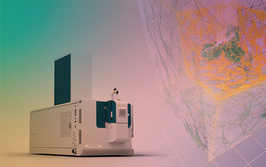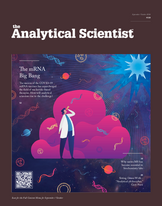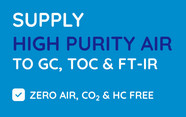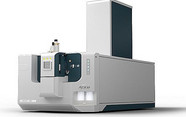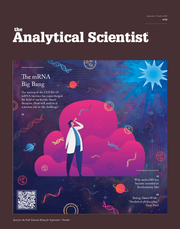Determination of arsenic in water with the scTRACE Gold

contributed by Metrohm |
Summary
Arsenic is ubiquitous in the crust of the earth in small concentrations. But mineral and ore deposits with elevated arsenic content can occur under special geological conditions (volcanic rock, phosphate or sulfide containing mineral deposits). From these deposits, arsenic is eluted as arsenite (AsO3 3_) and arsenate (AsO4 3_) and contaminates the ground water. In addition to this natural origin, also industry and agriculture can contribute to the contamination of water with arsenic as anthropogenic sources. The WHO (World Health Organization) recommends a maximum content of β(As) = 10 μg/L for water used as drinking water. This Application Bulletin describes the determination of arsenic in water samples by anodic stripping voltammetry using the scTRACE Gold sensor. Furthermore, it is possible to distinguish between As(total) and As(III). With a deposition time of 60 s, the limit of detection for As(total) is 0.9 μg/L, for As(III) it is 0.3 μg/L.
Log in or register to read this article in full and gain access to The Analytical Scientist’s entire content archive. It’s FREE!
